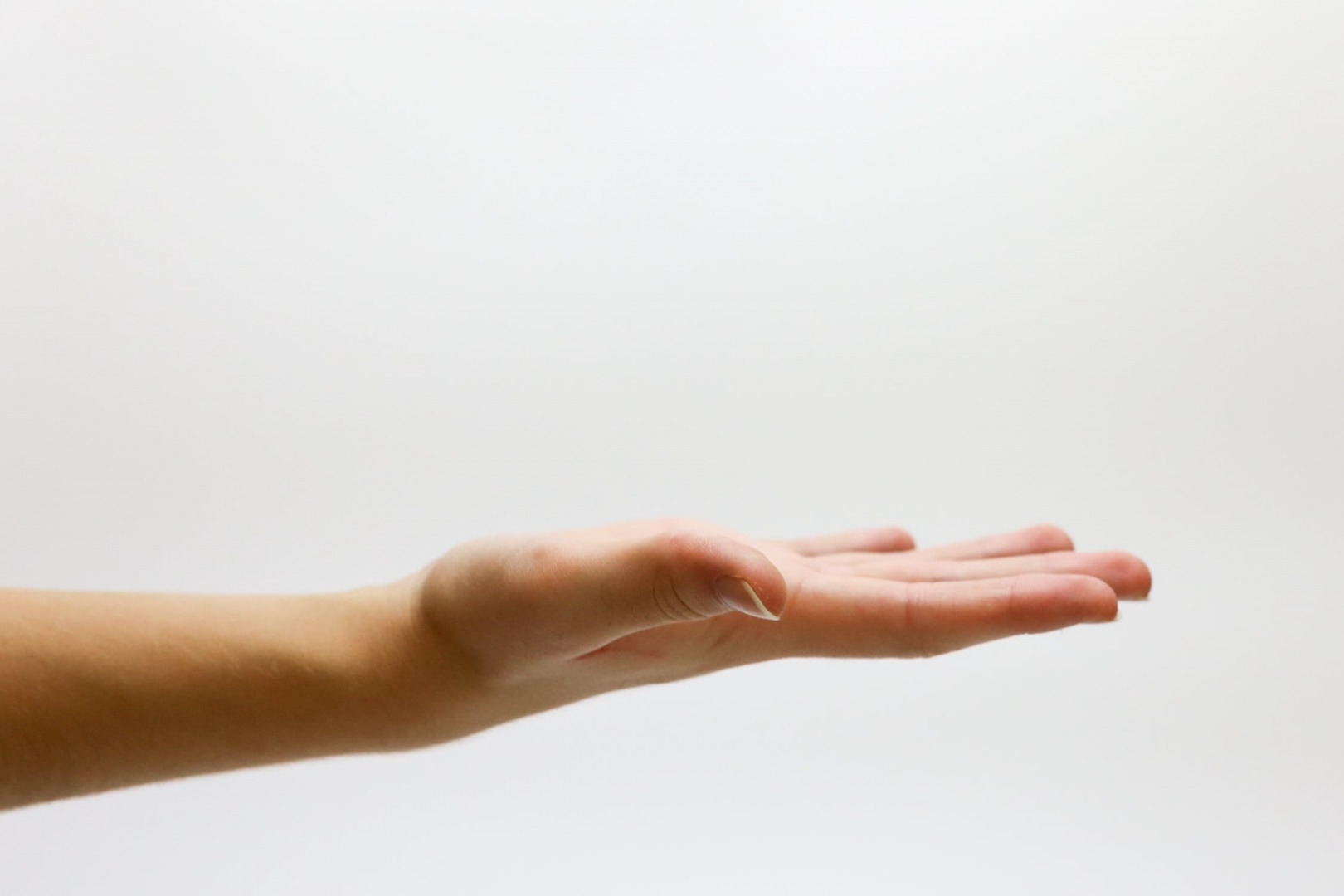Comments
- No comments found

The body language question I’m asked the most when people are preparing to make a presentation is: “What should I do with my hands?”
My answer? “Use them.”
Research shows that audiences tend to view people who use a greater variety of gestures in a more favorable light. Studies have found that people who communicate through active gesturing tend to be evaluated as warm, agreeable, and energetic, while those who remain still (or whose gestures seem mechanical or “wooden”) are seen as logical, cold, and analytic.
That’s one of the reasons why gestures are so critical to a leader and why getting them right in a presentation connects so powerfully with an audience.
Unless you are about to make a presentation, chances are you don’t often think about your hand gestures -- but in practice you naturally use them with great efficiency and sophistication to cover a surprisingly wide range of communication.
To increase your influence and impact skills, it’s helpful to be aware of how your movements are most likely being perceived. Here are some common hand gestures and the messages you may be sending:
Hidden hands – Hidden hands make you look less trustworthy. This is one of the nonverbal signals that is deeply ingrained in our subconscious. In our prehistory, when someone approached with hands out of view, it was a clear signal of potential danger. Although today the threat of hidden hands is more symbolic than real, our ingrained psychological discomfort remains.
Crossed arms -- Although there are cultural differences to take into account, crossing arms is almost always perceived as a closed sign of resistance. (And, by the way, since the human brain pays more attention to negative messages than it does to positive ones, what people unconsciously look for and react to the most, are signs that you are in a bad mood or that something is wrong.)
Emblematic gestures - Some gestures have an agree-upon meaning to a group (which is why there are broad cultural differences) and are consciously used instead of words. Emblematic gestures used in North America include the thumbs-up sign that is commonly understood to mean “good job,” “OK” or “everything’s fine.”
Pacifying gestures – When nervous or stressed, you may pacify with a variety of self-touching gestures. You might play with your jewelry, push back your hair, or cross your arms in a kind of “self-hug.” In a presentation, pacifying gestures make you look tentative, unprepared or insecure.
Hand gestures of enthusiasm – There is an interesting equation of hand and arm movement with energy. If you want to project more enthusiasm and drive, you could do so by increased gesturing. On the other hand, over-gesturing (especially when hands are raised above the shoulders) can make you appear erratic, less believable and less powerful.
Hand gestures of composure – Arms held at waist height, and gestures within that horizontal plane, help you - and the audience - feel centered and composed.
Illustrative gestures – Sometimes gestures are used to physically illustrate a point, as when moving your hands apart when talking about a big issue or pinching your thumb and first finger together to illustrate a small or precise point.
Other gestures are unconscious signals that give the viewer a glimpse into the speaker’s emotions, motivations or attitude. These include . . .
• Open palms at an angle – Gesturing with palms showing (tilted to a 45-degree angle) signals your candor and openness.
• Palms down – Turning your palms down signals power and certainty. This is also a controlling signal – as when trying to quiet an audience.
• Clenched hands – When you clutch an object tightly or curl your hands into fists, it signals anger or frustration.
• Finger pointing – Rather than being a sign of authority, aggressive finger pointing suggests that you are losing control of the situation.
• Hands on hips – This gesture communicates a defiant, super-confident, or independent attitude.
• The fig leaf - Be aware that when you stand with your hands clasped in front of your groin (the classic “fig leaf” position), it is one of the most common signs of nervousness.
• Steepling gestures – When you are feeling confident about presenting a subject you know well, you may automatically use a steepling gesture (like the man in the photo with palms separated slightly, fingers of both hands spread and fingertips touching) to nonverbally signal that confidence.
Gestures help power up your thinking and allow you to connect more convincingly with your audience. So keep talking with your hands -- as long as you know, and agree with, what they are saying!
Carol is an international keynote speaker at conferences, business organizations, government agencies, and universities. She addresses a variety of leadership issues, but specializes in helping leaders build their impact and influence skills for fostering collaboration, building trust, and projecting that illusive quality called "leadership presence." She is the author of "STAND OUT: How to Build Your Leadership Presence." and the creator of LinkedIn Learning's video course, "Body Language for Leaders." Carol completed her doctorate in the United States. She can be reached at http://CarolKinseyGoman.com
Leave your comments
Post comment as a guest